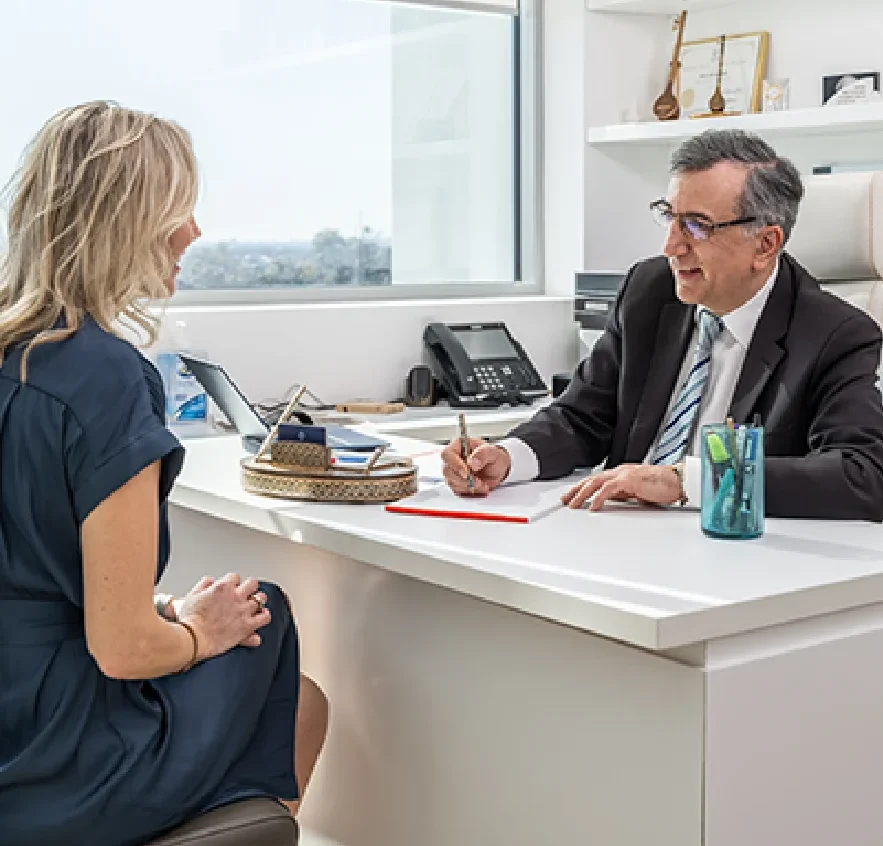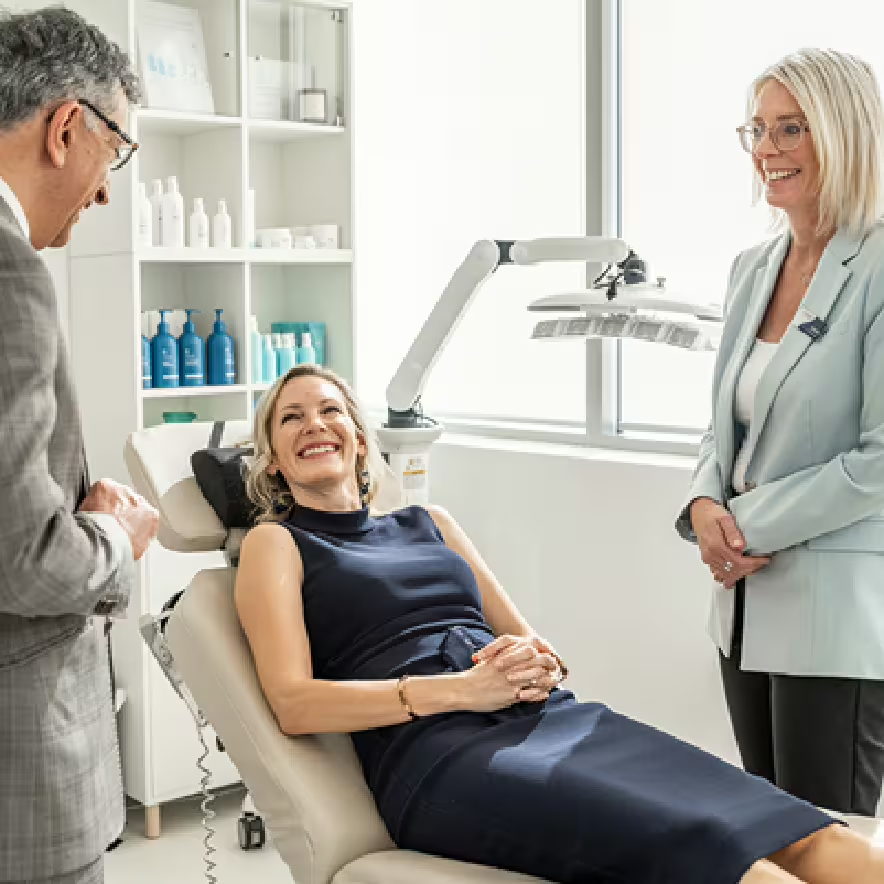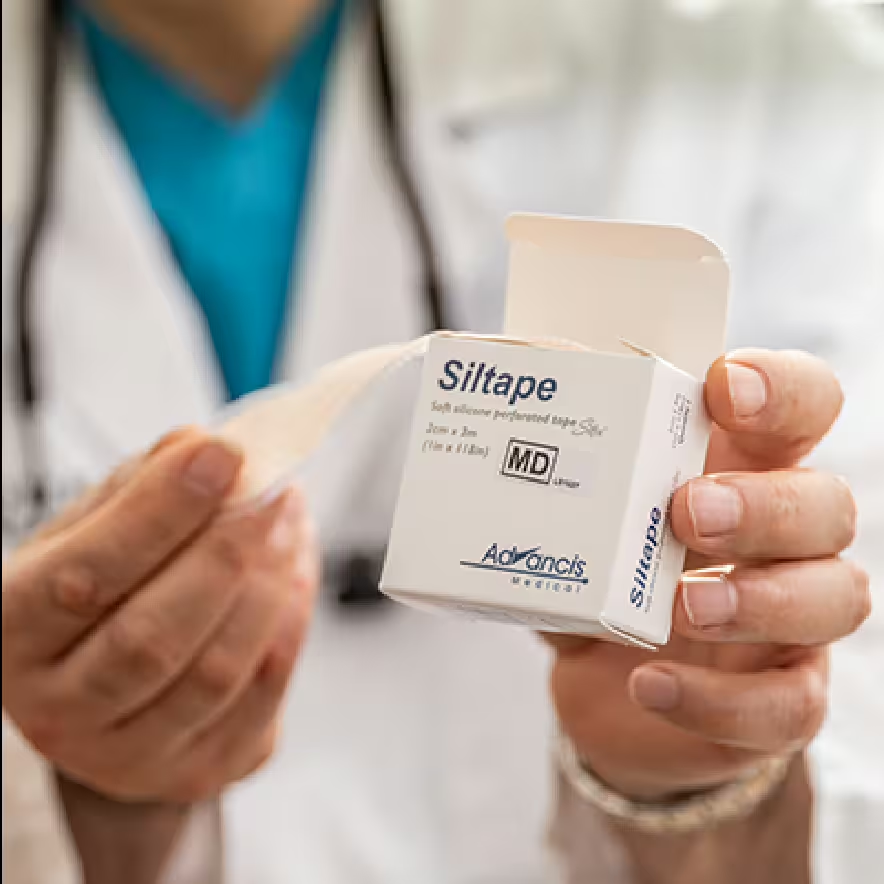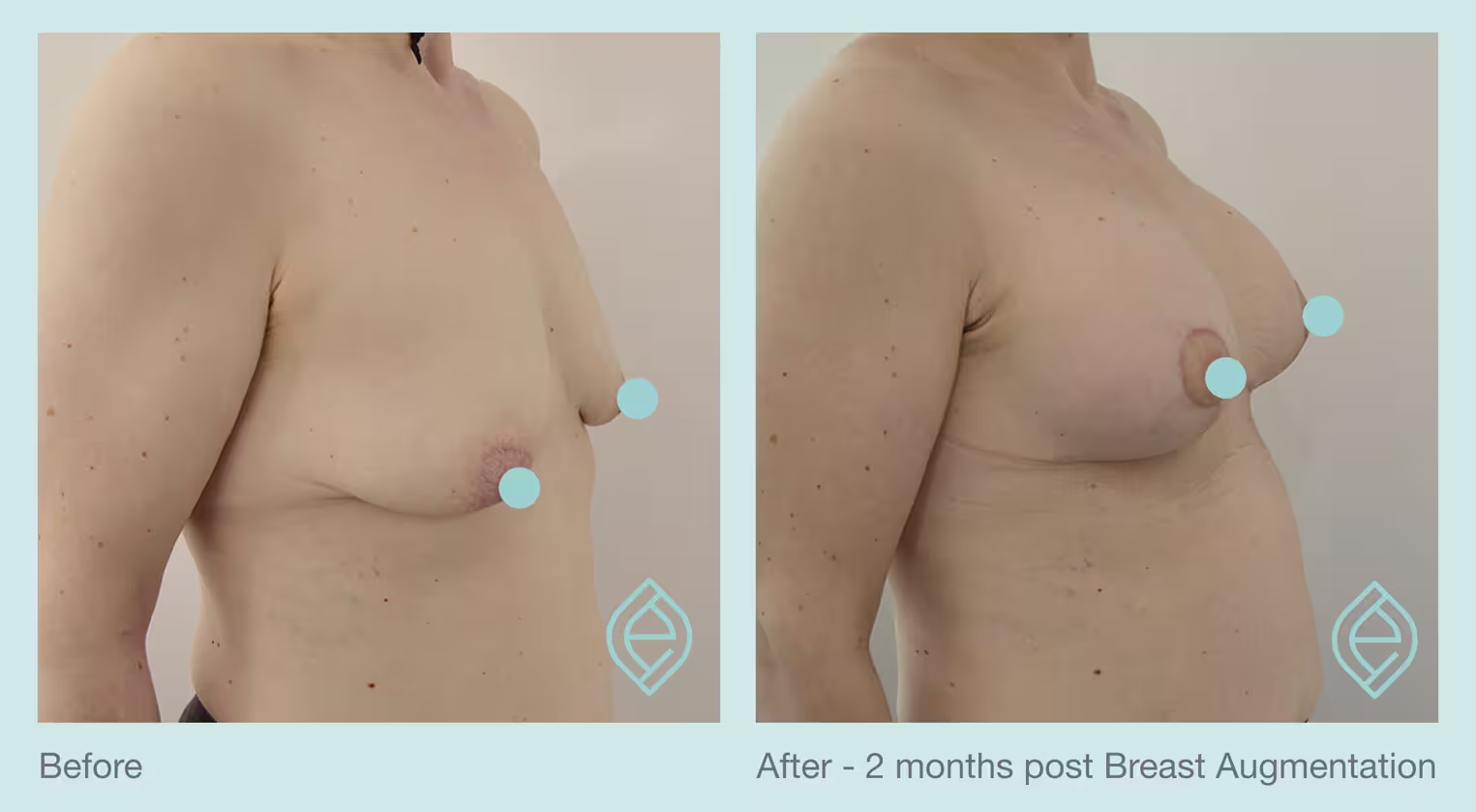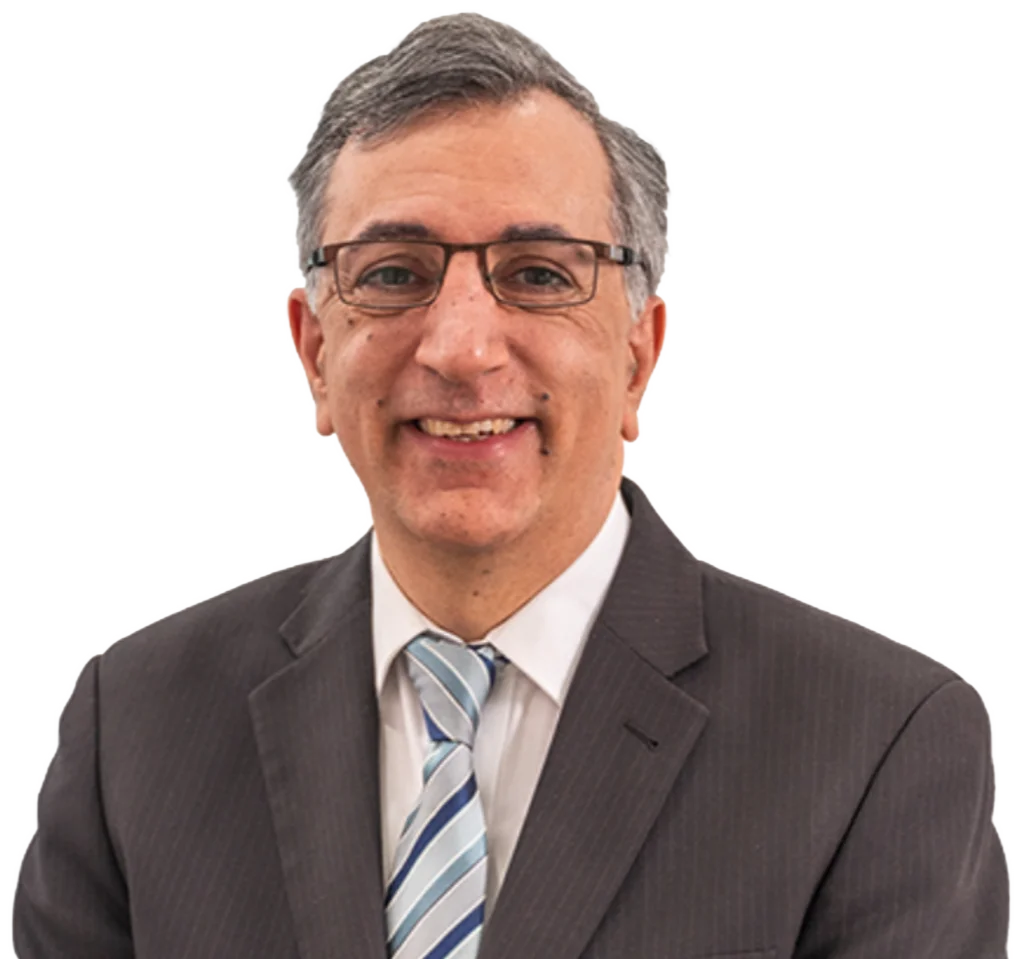Technique
During the breast enhancement procedure, an incision is placed under the breast (Infra-mammary fold), which is Dr Safvat’s preferred incision site as it is the safest, yet less conspicuous option. The breast implant can be positioned most accurately into its pocket with this method. Also, any form of breast implant (round-shaped or tear-drop) can be used. It will generally leave an unnoticeable scar, hidden in the breast fold. The scar involved usually heals to an almost imperceptible line.
There are many decisions to make when considering breast implants for breast augmentation, including the implant type and size, the pocket where it is put and the incision placement.
There are two broad categories of implant pocket. Implants are placed either under the pectoralis/chest wall muscle (sub-pectoral) or over (sub-glandular) the pectoralis. A combination of both can also be used which is referred to as the dual-plane technique.
With breast augmentation, the breast implants are either tear drop (anatomical) or round shaped.
The implant type and pocket position depend partly on your build, the volume and position of your breasts, and the thickness of your skin. These are thoroughly discussed with you in the decision-making process and the best option is reached in consultation with Dr Safvat.
There are also choices with implants types
Silicone vs Saline – Saline implant have a silicone shell anyway but are filled with salt water. They were commonly used in the United States a decade ago as the US FDA had a ban on the use of silicone. However as the FDA ban was lifted in 2006, Saline Implants have fallen out of favour almost universally. Dr Safvat has always used Silicone implants in his patients.
Smooth vs Textured implants – Dr Safvat will go through the different implant options with you during your consultation.

